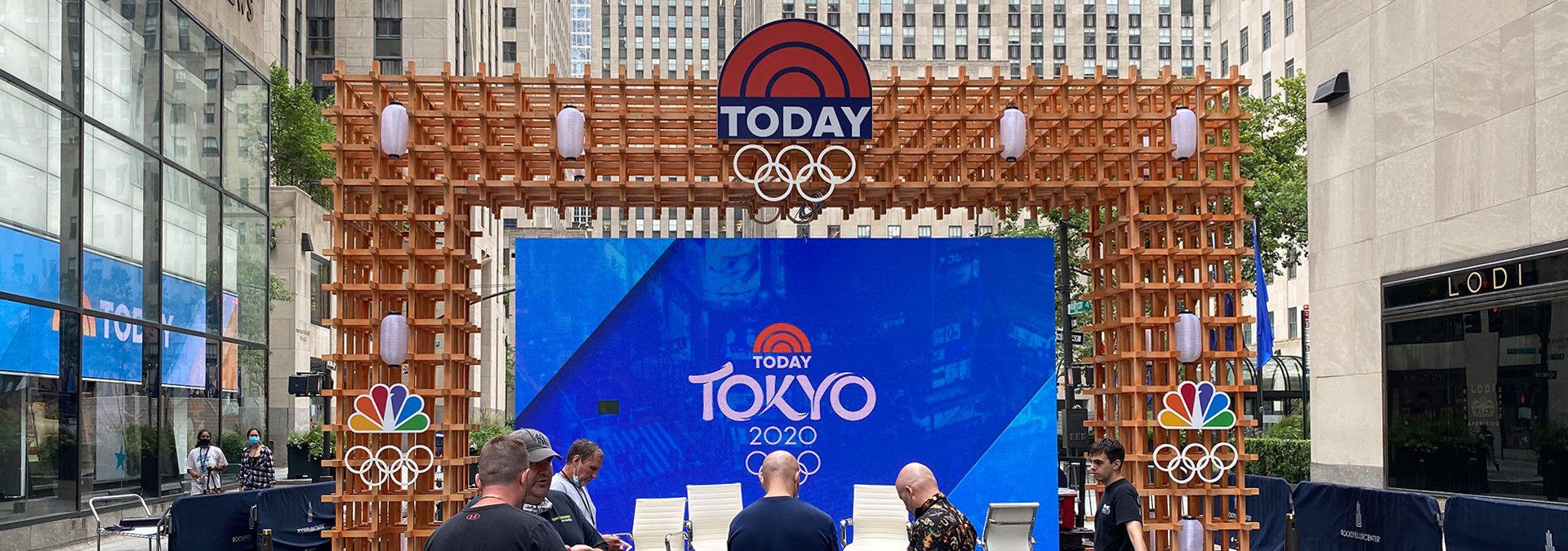Examining the Wide-ranging Connectivity Options Offered for LED Display Modules
Examining the Wide-ranging Connectivity Options Offered for LED Display Modules
Blog Article
LED wall panels have secured popularity for their capacity to deliver crisp imagery in various settings, from professional environments to entertainment venues. One of the most significant aspects of these systems is their connectivity capabilities, which allow users to connect them to different devices and systems. Comprehending the broad input options supported for LED wall panels is vital for enhancing their use and effectiveness. This discussion details these features, showcasing how they can cater to various needs and preferences.
One common interface approach for LED wall panels is High-Definition Multimedia Interface. High-Definition Multimedia Interface is widely recognized for delivering high-quality video and audio streams between devices. This interface type is particularly beneficial in business environments, such as conference rooms or classrooms, where visual content or video content are often shared. By using HDMI cables, operators can seamlessly link laptops, projectors, and streaming devices to Light Emitting Diode wall panels, ensuring a clear and dynamic presentation of information.
Another popular interface option is DisplayPort, which is similar to HDMI but offers enhanced advantages. DisplayPort can support elevated refresh rates and display outputs, making it an ideal choice for interactive media or design-heavy applications. For those using LED wall panels in settings where performance is critical, such as competitive gaming venues or creative workspaces, DisplayPort can provide the necessary visual clarity. Moreover, many contemporary computers and graphics cards feature DisplayPort connections, making it a practical option for tech-savvy users.
In contrast to High-Definition Multimedia Interface and Display Port, cordless transmission options are becoming progressively common in Light Emitting Diode wall panel technology. Cable-free interfaces allow users to transmit content without the need for physical cables, enabling a streamlined and more adaptable setup. Technologies such as wireless internet easy install LED systems and Bluetooth enable users to connect smartphones, tablets, and laptops directly to Luminescent Diode wall panels without tangled wires. This versatility is particularly advantageous in dynamic environments like exhibitions or events, where quick adjustments to displays are often needed.
For larger installations or more complex configurations, LAN integration through wired networking is another reliable option. Wired links provide a consistent and reliable way to connect multiple LED wall panels within a network. This approach is suitable for electronic display use cases found in retail centers or transport hubs, where numerous panels may need to display synchronized content across a broad area. By using network cabling and routing hardware, users can ensure that all connected panels receive consistent updates and information efficiently.
Finally, it's crucial to evaluate the future of connectivity with advancements such as Universal Serial Bus-C and Thunderbolt Three. These next-generation interfaces offer enhanced data transfer rates and flexibility by allowing one connector to handle both power delivery and data exchange. As more systems incorporate these standards, LED wall panels equipped with USB-C ports will likely become more common. This evolution in integration not only improves the capabilities of Luminescent Diode wall panels but also coincides with the growing trend of minimalistic design why not look here in technology setups by minimizing the number of cables needed.
In conclusion, exploring the broad interface methods accessible for LED wall panels reveals many possibilities for operators across various industries. From conventional methods like High-Definition Multimedia Interface and Display Port to contemporary cordless technologies and LAN setups, each pathway serves specific functions suited to distinct needs. Furthermore, next-gen technologies like USB-C promise further advancements in how users interact with LED wall panels. By understanding these connectivity choices, end-users can make strategic decisions that enhance their overall experience with these versatile display tools.